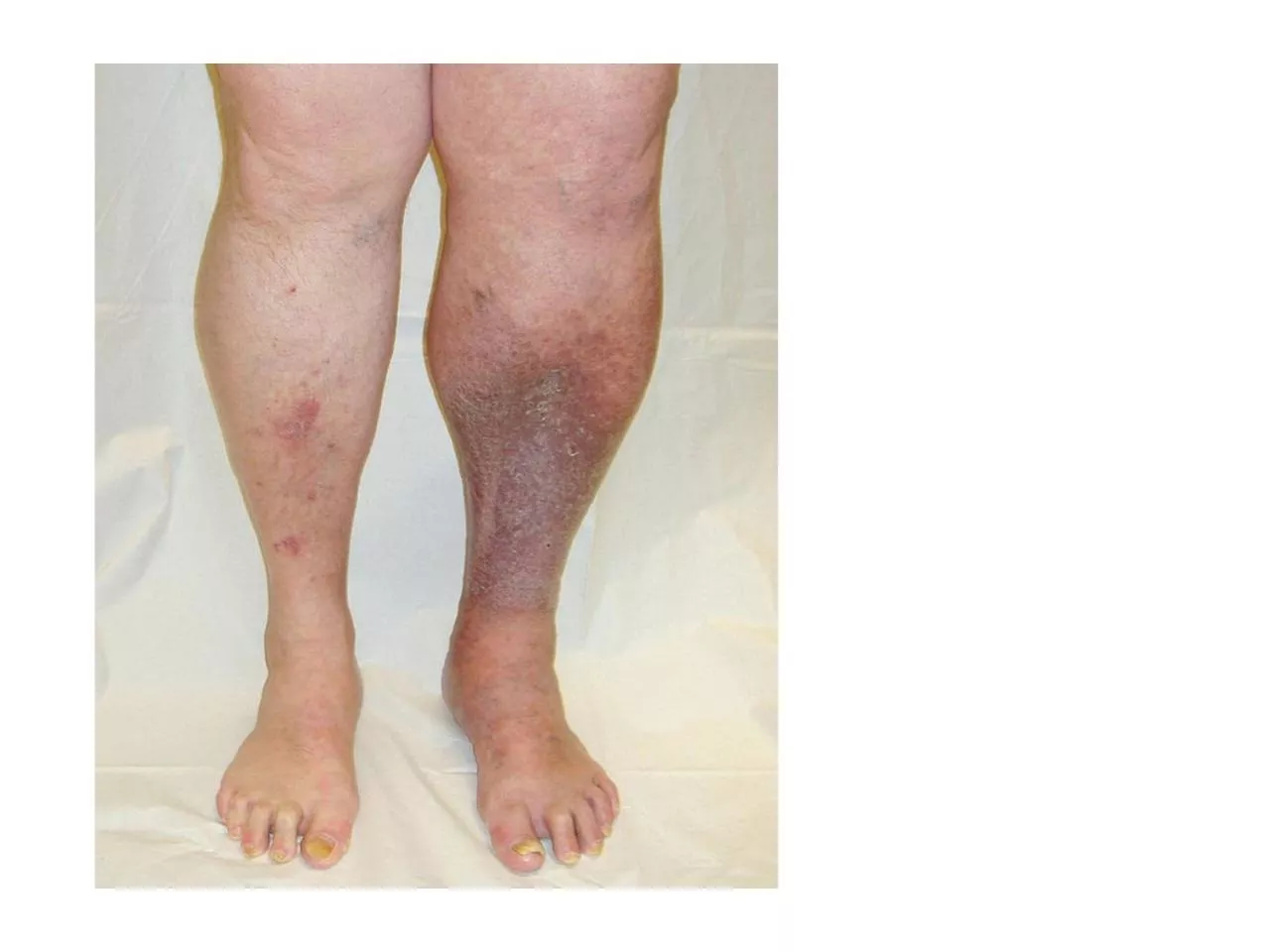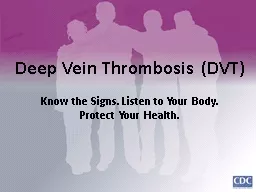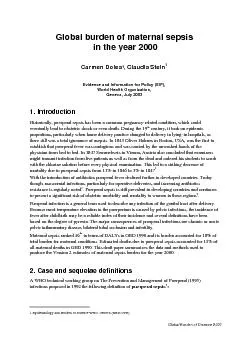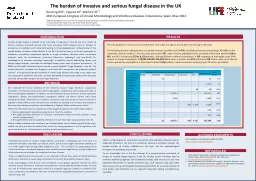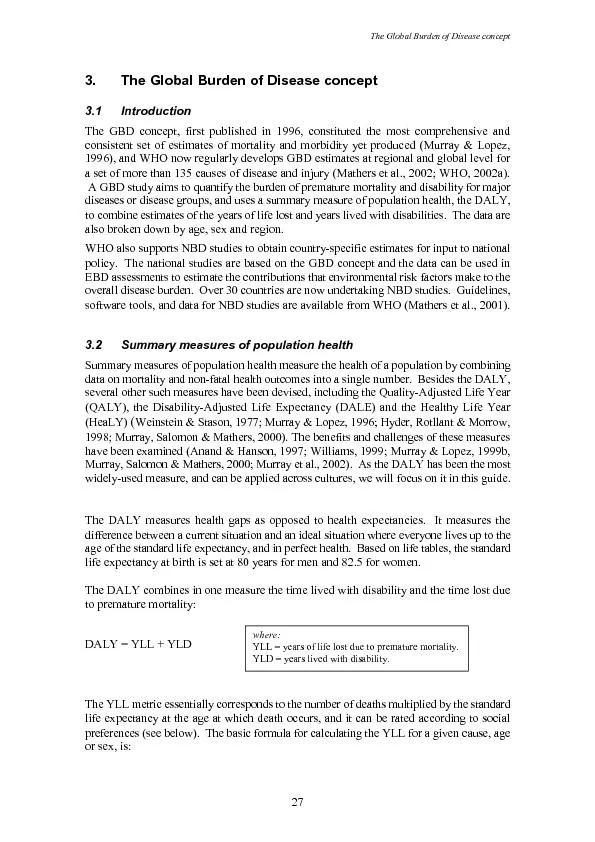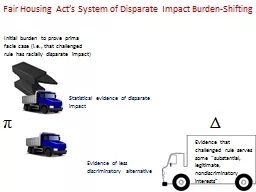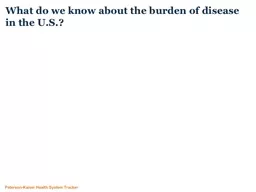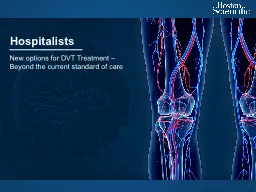PPT-Economic Burden of DVT, PE, PTS
Author : wang | Published Date : 2024-01-29
Mean adjusted total annualized health care costs ranged from 31270 for patients with a PE to 38296 for patients with both a DVT and PE The annual perpatient
Presentation Embed Code
Download Presentation
Download Presentation The PPT/PDF document "Economic Burden of DVT, PE, PTS" is the property of its rightful owner. Permission is granted to download and print the materials on this website for personal, non-commercial use only, and to display it on your personal computer provided you do not modify the materials and that you retain all copyright notices contained in the materials. By downloading content from our website, you accept the terms of this agreement.
Economic Burden of DVT, PE, PTS: Transcript
Download Rules Of Document
"Economic Burden of DVT, PE, PTS"The content belongs to its owner. You may download and print it for personal use, without modification, and keep all copyright notices. By downloading, you agree to these terms.
Related Documents

